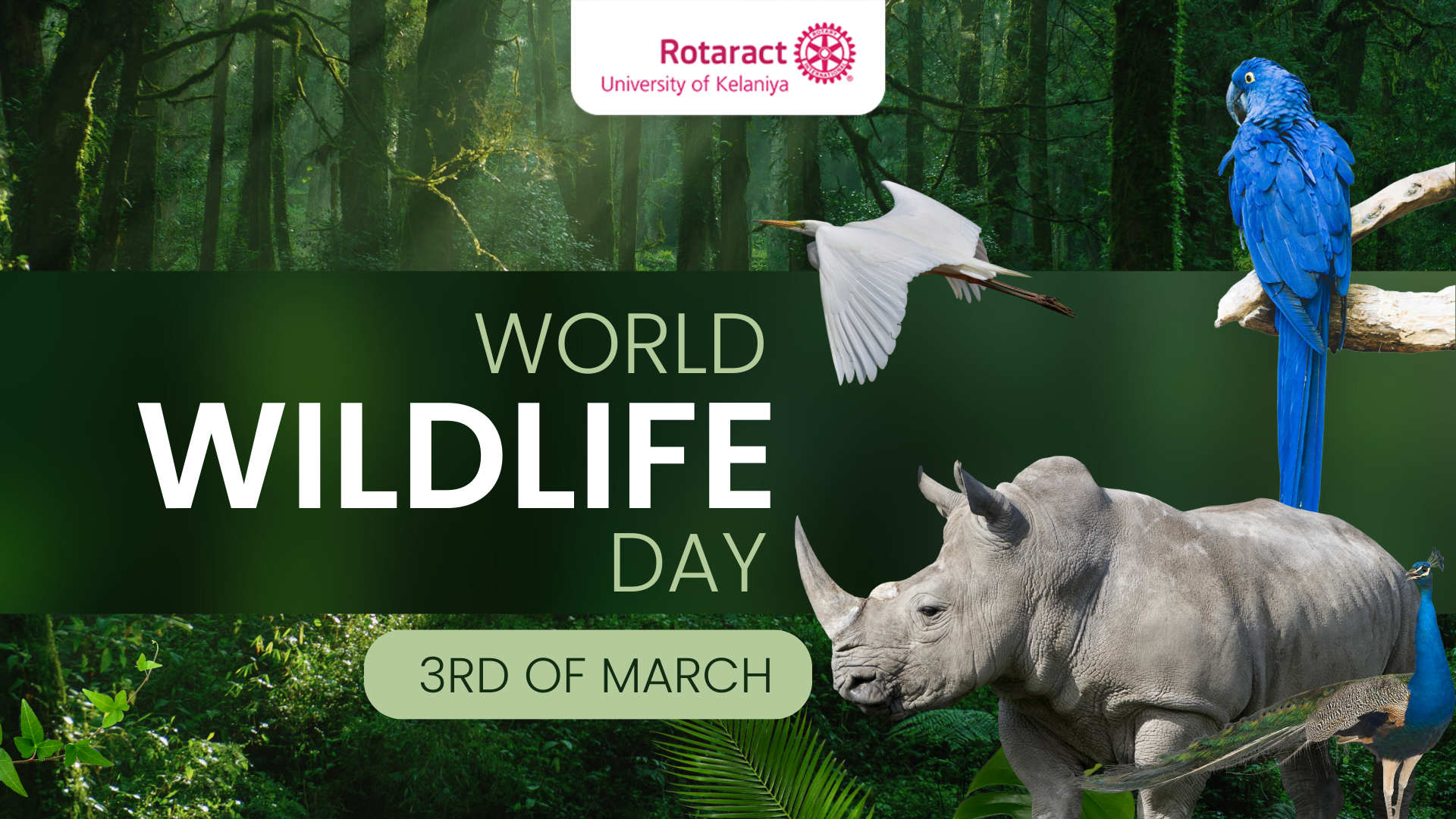Celebrating Conservation and Biodiversity
Every year on the 3rd of March, the world comes together to celebrate World Wildlife Day—a day dedicated to raising awareness about the importance of wildlife conservation and the need to protect our planet’s diverse ecosystems. This global observance was established by the United Nations General Assembly on the 20th of December, 2013, to highlight the crucial role that wildlife plays in sustaining our planet and promoting efforts to combat threats such as poaching and illegal trafficking.
Each year, World Wildlife Day adopts a specific theme aimed at shining a spotlight on different aspects of wildlife conservation. Themes have ranged from protecting big cats to safeguarding marine life, providing an opportunity to focus attention on pressing issues facing our natural world.

World Wildlife Day is celebrated worldwide, with events organized by various organizations, governments, and communities. These events serve as platforms for raising awareness, sharing knowledge, and mobilizing action to protect wildlife and their habitats.
The primary aim of World Wildlife Day is to emphasize the importance of conserving wildlife and their habitats. Through education and advocacy, the day seeks to inspire individuals to take action and contribute to conservation efforts in their own communities and beyond.
The United Nations plays a crucial role in coordinating and promoting World Wildlife Day activities through its various agencies, including the United Nations Environment Programme (UNEP) and the Convention on International Trade in Endangered Species of Wild Fauna and Flora (CITES). These efforts help amplify the message of conservation and encourage global cooperation in addressing wildlife challenges.
World Wildlife Day serves as an opportunity to educate people about the value of biodiversity and the threats facing wildlife. By raising awareness about issues such as habitat loss, climate change, and wildlife crime, the day empowers individuals to make informed decisions and take steps to protect the natural world.
Collaboration is key to the success of World Wildlife Day. Governments, NGOs, conservationists, scientists, and communities come together to address wildlife challenges and work towards sustainable solutions. By sharing expertise, resources, and best practices, stakeholders can maximize their impact and achieve meaningful progress in conservation efforts.
In addition to local events and activities, World Wildlife Day often involves global campaigns on social media platforms and other channels. These campaigns aim to reach a broader audience and inspire action for wildlife conservation, harnessing the power of technology and communication to drive positive change.
While World Wildlife Day is a single-day event, its impact extends far beyond March 3rd. By raising awareness, fostering collaboration, and promoting action, World Wildlife Day contributes to ongoing efforts to protect and conserve wildlife for future generations.
Together, we can work towards a world where wildlife thrives, ecosystems flourish, and our planet remains a vibrant and diverse home for all species.





